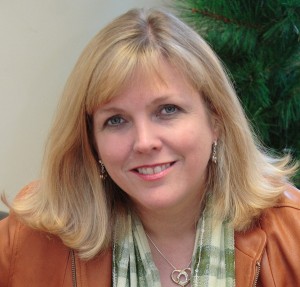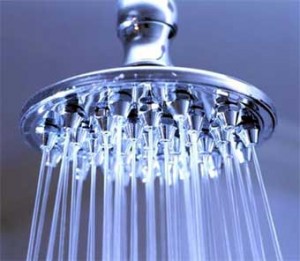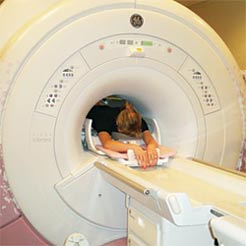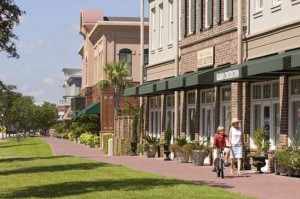 The below question was answered by Charleston breast surgeon, Dr. Richard M. Kline, Jr., MD of The Center for Natural Breast Reconstruction:
The below question was answered by Charleston breast surgeon, Dr. Richard M. Kline, Jr., MD of The Center for Natural Breast Reconstruction:
I had a lumpectomy in 2002 of the left breast followed with 33 rounds of radiation. I have since had a breast lift and reduction on the sound side in an effort to “even” my breasts. It worked for a while but the left continues to shrink. Any suggestions? Some suggest an implant, but I fear the cancer coming back and not being identified due to the implant.
Implants are indeed known to decrease the effectiveness of mammograms by about 1/3 after breast augmentation, and may well have the same effect when used in reconstruction after lumpectomy. Additionally, implants tend to be more poorly tolerated after radiation, although some people do quite well with them.
A flap of your own tissue could be used to augment your breast, but this would be a fairly large undertaking, usually (but not always) reserved for post-mastectomy reconstruction. Injections of your own fat, while proving to be a very useful adjunct to post-mastectomy reconstruction, are not routinely recommended (yet) for augmenting the lumpectomy defect.
One potentially very useful measure, if available to you, might be a full Marx protocol of hyperbaric oxygen treatment. A large part of the damaging effects of radiation is progressive obliteration of the microvascular circulation (smallest blood vessels). Hyperbaric oxygen (HBO) has been shown to very reliably stimulate the growth of new blood vessels in radiated tissue. Clinically, this often results in fairly dramatic softening of the radiated tissue, and a healthier appearance of the skin.
Thank you for your question.
-Dr. Richard M. Kline Jr., MD
Have questions for our team? Send them on over, we’d love to hear from you!
![GITW-Shoe-Logo-For-CC[1]](http://breastreconstructionnetwork.com/wp-content/uploads/2012/03/GITW-Shoe-Logo-For-CC1.png)














